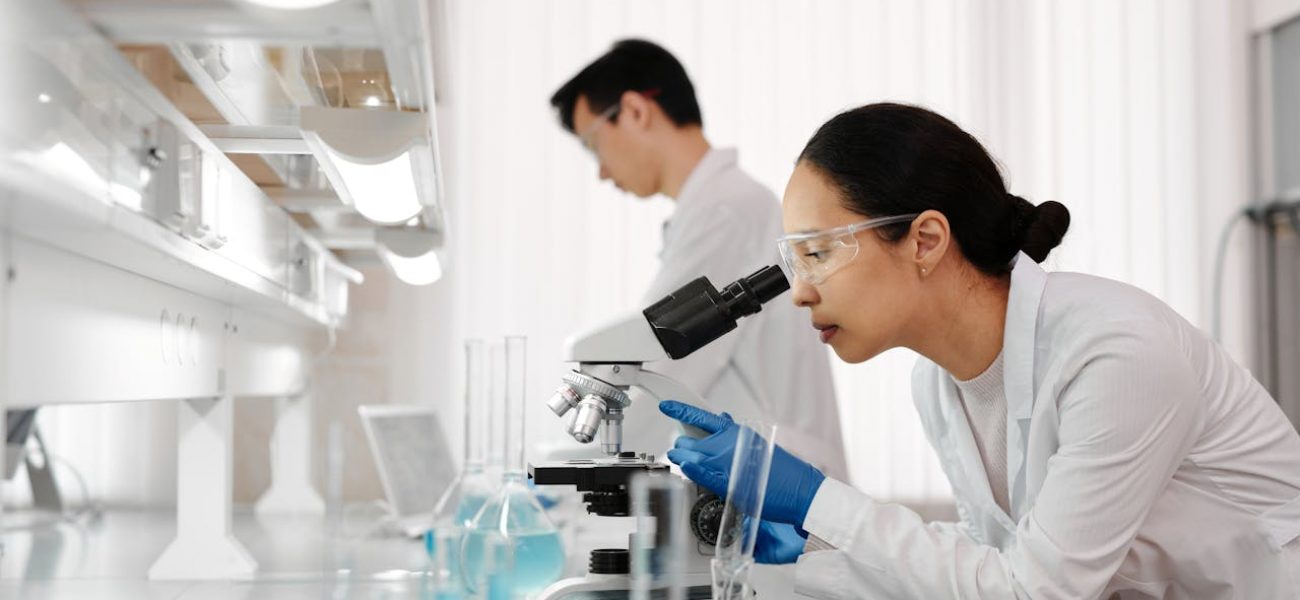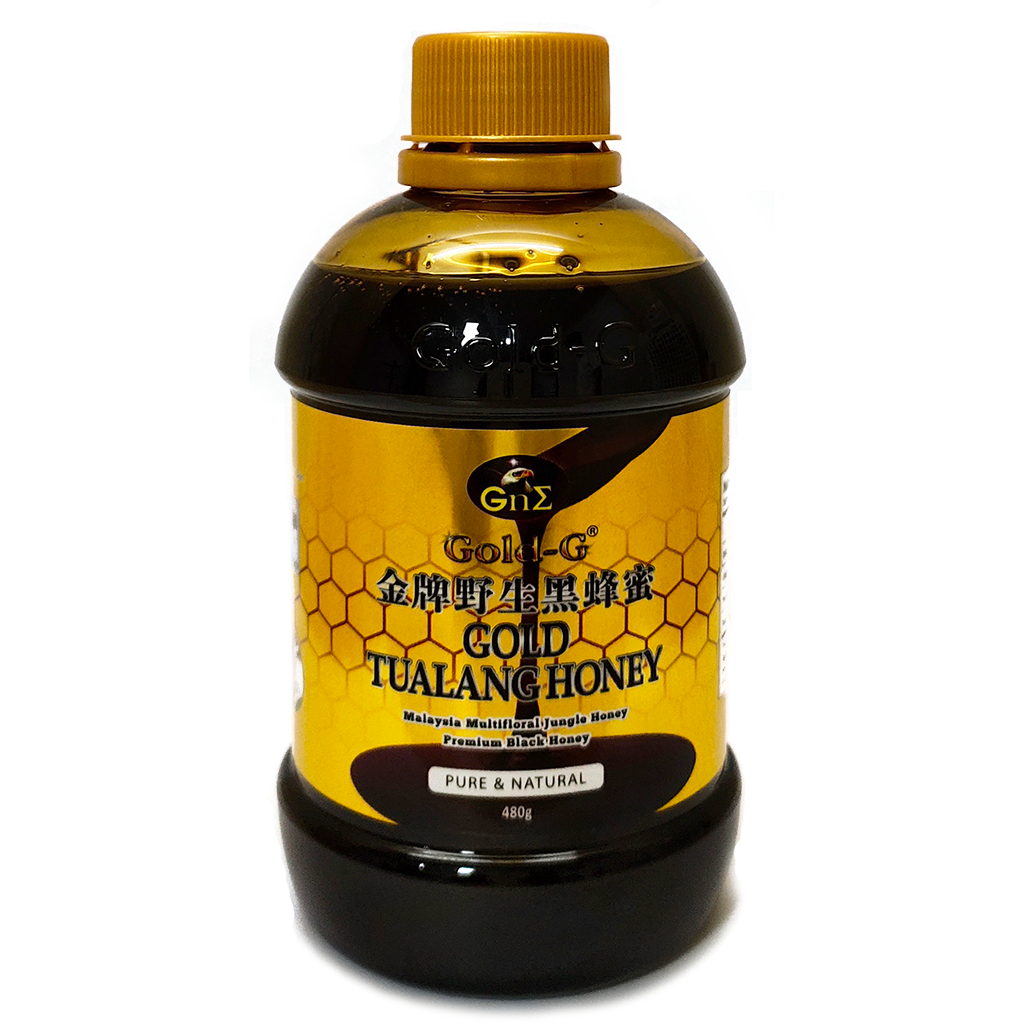Honey is a natural sweetener that is not only delicious but also has a variety of health benefits. However, the quality of honey can be influenced by several factors or attributes. By understanding these elements, you can make informed decisions when selecting honey products for consumption. Let’s dive into more details information.
Moisture content
The moisture content of honey is a critical quality parameter as it can influence the flavour, preservation, viscosity, specific weight, crystallization, and palatability, as well as contribute to the development of fermenting microorganisms.
A high moisture can easily lead to honey fermentation, further increase the acidity and give a sour taste to the honey, thus affects the quality of honey. In general, honey with a low moisture content could have a longer shelf-life, and better taste and quality, as lower moisture creates an environment unfavorable for microorganism growth and fermentation, also contributes to a thicker, and more viscous consistency.
Colour intensity
The intensity of honey color can be a good indicator of its antioxidant capacity. The antioxidant potential of honey is linked to its phenolic and flavonoid content, as well as its color intensity. Honey can range in color from clear and colorless like water to dark amber or black. The color of honey varies based on botanical origin, age, and storage conditions, while clarity depends on the amount of suspended particles like pollen. Dark honeys often have a higher mineral and antioxidant capacity, indicating higher phenolic and flavonoid content.
Acidity and pH
Honey is acidic in nature and this contributed to a sourly taste. Most bacteria grow in a neutral and mildly alkaline environment, whereas yeasts and molds could grow in an acidic environment (pH = 4.0–4.5). Conversely, the pH values of honey (pH 3 – 4) are neither those needed for bacteria nor yeast growth. This is of great importance during storage, as they influence the texture, stability and shelf-life of honey as the low pH of honey inhibits the presence and growth of microorganisms.
Malaysian raw honeys often have a low pH value varied from 3.22 to 3.74, which contribute to a sour taste, but this might help to inhibit the presence and growth of microorganisms, and contributes to the antimicrobial effect.
Crystallization
Many factors control the speed, manner, and texture of honey crystallization. In natural conditions, the three main factors that cause honey to crystallize are sugar composition, water content, and temperature.
Honeys with higher glucose content relative to fructose tend to crystallize faster, especially in lower moisture environments. For water content, too much water content increases the amount of glucose dissolved and reduces the rate of crystallization. As for temperature, it affects the crystallization of honey by influencing the solubility of glucose, and most studies have concluded that honey crystallizes fastest between 13 and 15.5 °C.
Besides, Pollen, air bubbles, and impurities (pollen grains, beeswax, propolis, etc.), these impurities are typically harmless and are considered a normal part of raw, unprocessed honey, but this speed up crystallization too.
Sugar profile
Honey stands as a highly concentrated blend of sugars, typically ranging from 75 to 80%, predominantly composed of a mix of fructose and glucose.
When comparing the sweetness of these sugars, fructose is the sweetest, followed by glucose, and maltose is even less sweet. Usually, honey tastes sweeter than regular sugar because it’s mostly made of fructose. Yet, some kinds of honey, with more glucose and less fructose, might not taste as sweet as those with lots of fructose. However, organic acids and some non-volatiles (e.g. phenolics, flavonoids, tannins) are known to be responsible for acidity and bitterness of honey, with a significant impact on sensory quality and consumer acceptance of honey too.
Gold-G® Gold Tualang Honey
Gold-G® Gold Tualang Honey:
Gold-G® Gold Tualang Honey is a raw and natural honey produced by the Asian Rock Bee, Apis dorsata. It is 100% pure and undergoes minimal processing, with only straining to remove larger particles such as bees, leaves, and honeycomb flakes. It is then directly bottled in a GMP certified factory, allowing it to retain its natural friendly bacteria, propolis, pollen grains, phytonutrients, phenolic acids, and flavonoids. In addition to its natural taste and aroma, it offers higher nutritional value and stronger therapeutic effects compared to processed honey!
Click the link below for direct purchase.
References:
- Kavapurayil, Jasmin & Karalam, Sheela & R., Pratap. (2014). Analysis of physico-chemical, biochemical and antibacterial properties of Indian honey samples with special reference to its non-conformity. Acta Alimentaria. 43. 9-18. 10.1556/AAlim.43.2014.1.2. https://www.researchgate.net/publication/261172239_Analysis_of_physico-chemical_biochemical_and_antibacterial_properties_of_Indian_honey_samples_with_special_reference_to_its_non-conformity
- Moniruzzaman, M., Khalil, M. I., Sulaiman, S. A., & Gan, S. H. (2013). Physicochemical and antioxidant properties of Malaysian honeys produced by Apis cerana, Apis dorsata and Apis mellifera. BMC complementary and alternative medicine, 13, 43. https://doi.org/10.1186/1472-6882-13-43 https://bmccomplementmedtherapies.biomedcentral.com/articles/10.1186/1472-6882-13-43
- Wan Ismail, Wan Iryani. (2016). A review on beekeeping in Malaysia: History, importance and future directions. 11. 70-80. https://www.researchgate.net/publication/316546344_A_review_on_beekeeping_in_Malaysia_History_importance_and_future_directions
- Zahed, N. & Najib, Muhammad Sharfi & Tajuddin, Saiful Nizam. (2018). CATEGORIZATION OF GELAM, ACACIA AND TUALANG HONEY ODOR-PROFILE USING K-NEAREST NEIGHBORS. International Journal of Software Engineering and Computer Systems. 4. 15-28. 10.15282/ijsecs.4.1.2018.2.0035. https://core.ac.uk/download/pdf/159195001.pdf
- https://cdn.agclassroom.org/media/uploads/2017/11/07/Carbohydrates_and_the_Sweetness_of_Honey.pdf
- Rysha A, Kastrati G, Biber L, Sadiku V, Rysha A, Zogaj F, Kabashi-Kastrati E. Evaluating the Physicochemical Properties of Some Kosovo’s and Imported Honey Samples. Applied Sciences. 2022; 12(2):629. https://doi.org/10.3390/app12020629
- Ji, P., Liu, X., Yang, C., Wu, F., Sun, J., Cao, W., & Zhao, H. (2023). Natural crystallization properties of honey and seed crystals-induced crystallization process for honey performance enhancing. Food chemistry, 405(Pt B), 134972. https://doi.org/10.1016/j.foodchem.2022.134972
- Grégrová, Adéla & Kružík, Vojtěch & Vrácovská, E. & Rajchl, Ales & Čížková, Helena. (2015). Evaluation of factors affecting crystallization of disparate set of multi-flower honey samples. 13. 1215-1226. https://agronomy.emu.ee/vol135/vol13_5_4.pdf
- Habryka, C., Socha, R., & Juszczak, L. (2020). The Effect of Enriching Honey with Propolis on the Antioxidant Activity, Sensory Characteristics, and Quality Parameters. Molecules (Basel, Switzerland), 25(5), 1176. https://doi.org/10.3390/molecules25051176
- Kang, Min & Kim, Keup-Rae & Kim, Keono & Morrill, Aria & Jung, Chuleui & Sun, Sukjun & Lee, Dong-Hee & Suh, Joonhyuk & Sung, Jeehye. (2023). Metabolomic analysis reveals linkage between chemical composition and sensory quality of different floral honey samples. Food Research International. 173. 113454. 10.1016/j.foodres.2023.113454. https://www.sciencedirect.com/science/article/abs/pii/S0963996923010025





